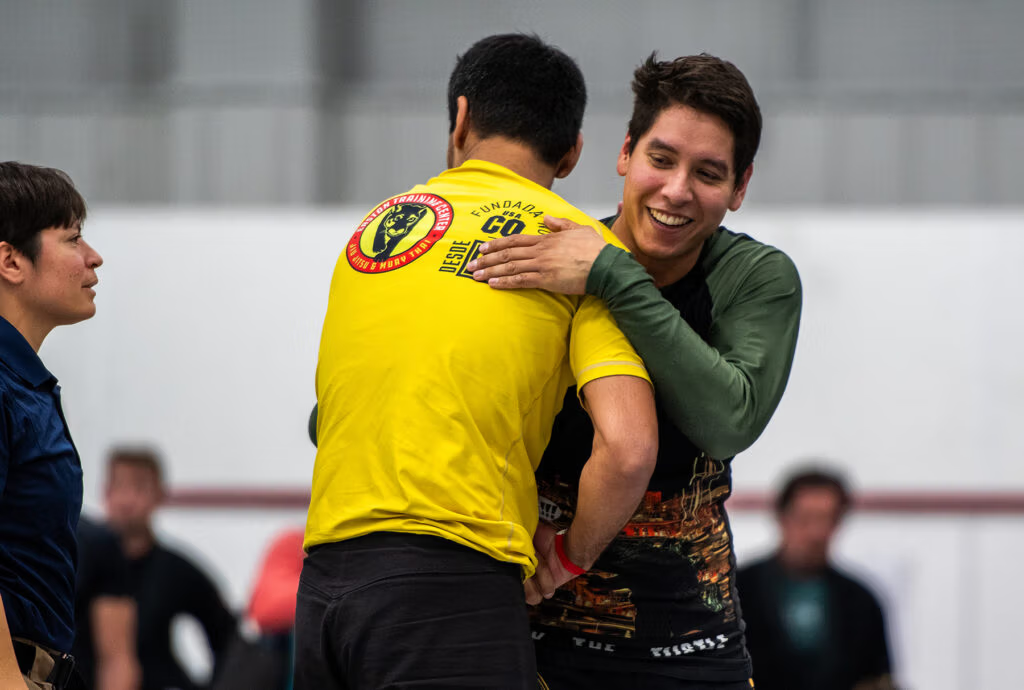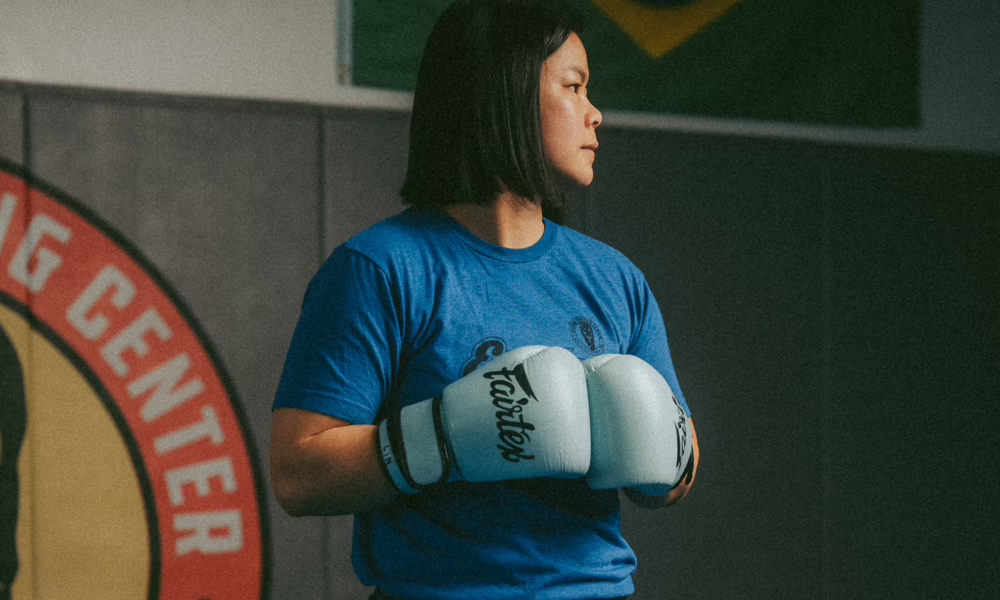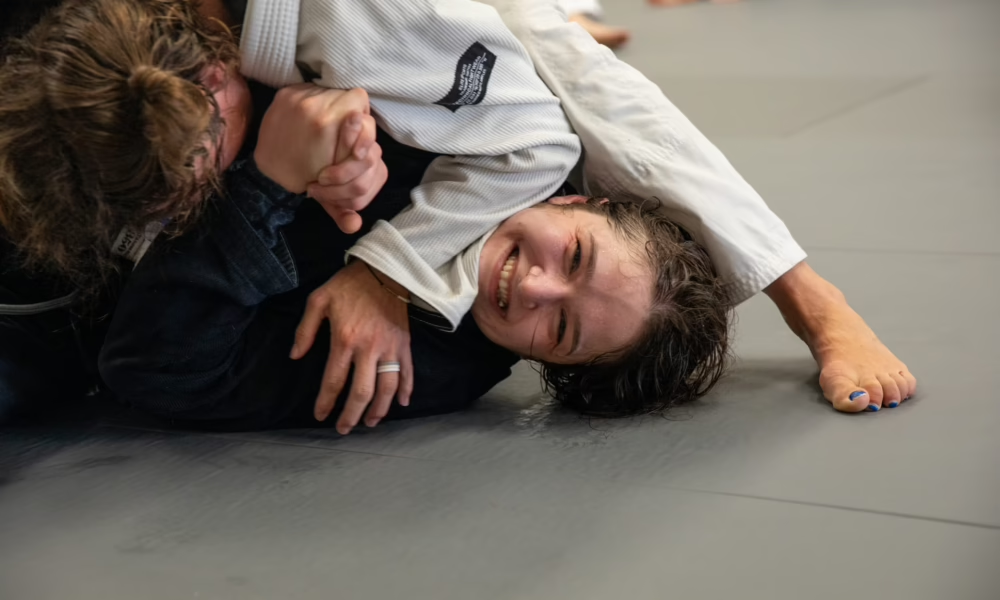Managing your breathing during martial arts training is an art in itself. The ability to control your breath enhances your physical performance, mental focus, and overall martial arts experience.
Martial arts training doesn’t stop at physical techniques; it’s also about mental focus, control, and discipline. Among these, breathing — specifically, how to manage your breath effectively — often gets overlooked. And if you haven’t had a training session that’s left you gasping for breath, you’re probably not training hard enough.
Still, not every round should leave you unable to control your breathing. Proper breathing techniques can enhance your performance, increase your endurance, and improve your overall training.
Here are five tips to help you master your breathing during your martial arts training!
The role breath plays
Breathing comprises the foundation of any physical activity, including martial arts. It fuels your body with oxygen, increases energy levels, and helps to regulate your heart rate.
Proper breathing provides stability, balance, and power to your movements. It also aids in maintaining mental focus, reducing stress, and calming the mind during intense moments.

Try a combination of both belly + nasal breathing
Diaphragmatic breathing, also known as belly breathing, is a fundamental technique in martial arts practice. It involves using your diaphragm to draw air deep through your mouth and into your lungs, rather than shallow chest breathing or panting.
Belly breathing allows you to take deeper breaths, increasing the oxygen supply to your muscles and lungs which promotes endurance and higher performance. It also requires you to think about expanding your entire ribcage with each inhale, especially the back, to create as much space as possible.
Nasal breathing refers to inhaling and exhaling primarily through the nose. It involves taking in air through the nostrils, passing it through the nasal passages, and into the lungs. Because your nasal passages contain nitric oxide, a gas that widens the blood vessels improving oxygen intake, nasal breathing can help deliver this straight to your muscles during exercise, enhancing performance. Nasal breathing can also prevent you from hyperventilating by promoting a more controlled breath pattern than mouth breathing.
Nasal breathing activates your parasympathetic nervous system and helps your body relax during training. This is hugely beneficial for getting into a flow state and not being overly tense on the mat, which can put you at risk of injuring yourself or others. During training, nasal breathing can help you maintain a more calm and focused state, increasing both your performance and endurance.
[Three Breathing Exercises To Calm Your Nerves]
Time your breath with movements
Syncing breath with movement, like coordinating your inhales and exhales with specific techniques, becomes crucial to optimizing your performance in martial arts.
For example, during striking techniques, try to exhale forcefully on impact to generate power and release tension. Conversely, during defensive moves or evasive actions, inhale deeply to increase focus, remain calm, and conserve energy. By practicing mindful awareness of your breath, you can gradually develop a rhythm that suits your style and techniques.
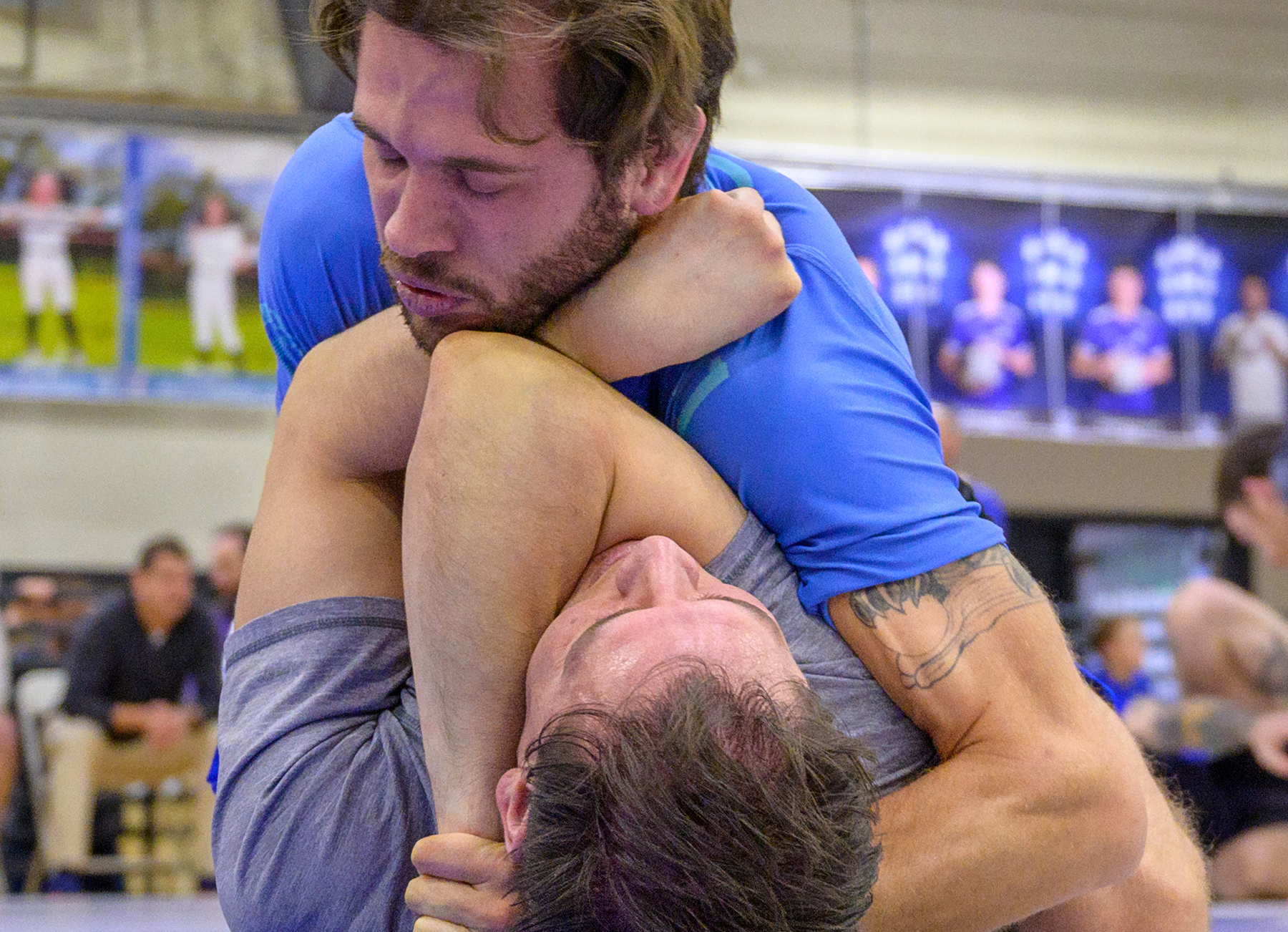
Learn to control and regulate your breathing
Mastering breath control allows you to manage your energy output effectively. In martial arts, maintaining a steady and controlled breath helps prevent exhaustion and ensures sustainable endurance throughout your training sessions or competitions.
Avoid shallow, rapid breathing, as it can lead to increased anxiety and fatigue. Instead, focus on slow, deliberate breaths that provide a sense of calmness and control, like the belly or nasal breathing techniques we mentioned earlier.
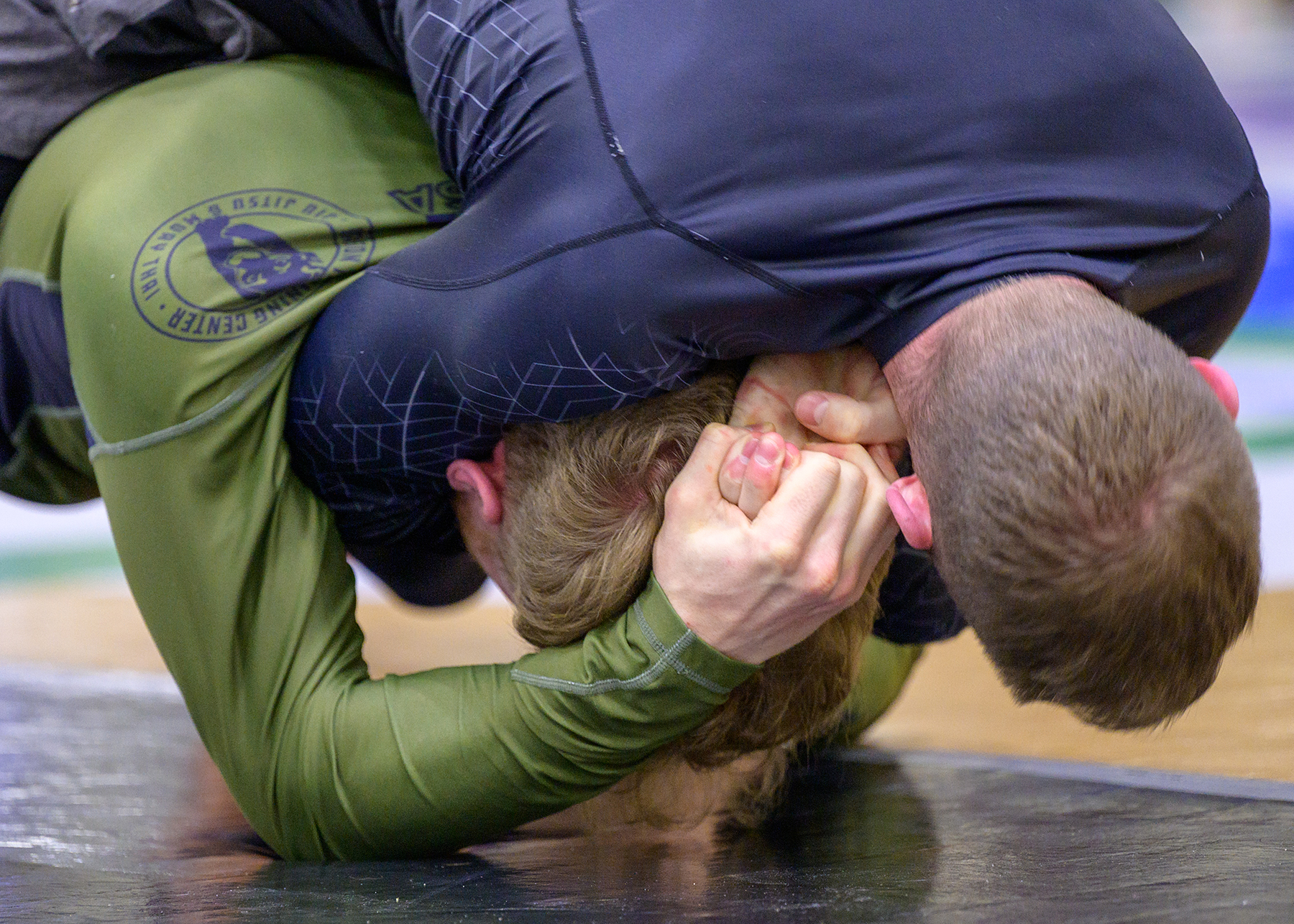
Incorporate breath training exercises into daily life
Don’t just think about breathwork during training; it’s equally important off the mats as well. Dedicate specific time to practice breath training exercises outside of your martial arts sessions.
Techniques such as pranayama from yoga or qigong breathing exercises can significantly improve your breath control skills by focusing on breath awareness, deep inhalations, extended exhalations, and breath retention. Integrating these practices into your routine will enhance your lung capacity, strengthen your respiratory muscles, and improve overall breath control that you can then leverage to strengthen your performance at the gym or the academy.

Use breathing techniques to relax
Rest and relaxation play an essential part in martial arts for optimizing performance and preventing muscle tension. Before class, try a few breathing exercises or a short meditation to help relax your muscles and release physical and mental stress. Relaxation exercises improve the mind-body connection, enabling you to stay focused, composed, and responsive during intense training sessions.
[Training Hard? 6 Ways To Recover]
Remember that breathing technique takes work and time but the benefits from just a simple guided breath exercise can make powerful impacts on your performance.


